Branded Lifestyles: Market Insights for Luxury Branded Residences
Experts from our global network weigh in on the trends and what’s behind the increasing interest around these branded assets.
Experts from our global network weigh in on the trends and what’s behind the increasing interest around these branded assets.
For centuries, the concept of “luxury” has been often closely tied to that of branding—with resonant names like Fabergé, Tiffany, Rolls-Royce, Hermes, and Rolex coming to mind when a rarefied lifestyle is the order of the day. This concept now also applies to luxury real estate, but it’s a relatively recent (and, some would argue, long overdue) phenomenon. While the notion of a branded luxury residence actually dates back to the 1920s, when Manhattan’s tony Sherry-Netherland hotel offered privately owned apartments overlooking Central Park, the tipping point for this residential innovation would not occur until the 1980s and 1990s. It was during that time that organizations such as Aman in exotic locales such as Phuket, Thailand, and the Four Seasons in metropolitan hubs such as Boston began offering residential options at their properties.
Recently Luxury Defined approached several Christie’s International Real Estate global Affiliates to discuss the importance of the branded-residence concept in each of their respective markets. Those experts participating in this review are:
• Tim Skevington, Managing Partner, Richmont’s Christie’s International Real Estate, Bangkok, Thailand
• Dylan Donovan, Agent, Chestnut Park Real Estate Limited, Toronto, Ontario, Canada
• Greta Gustafson, Director, New Development, LandVest, Boston, Massachusetts
• Alex Peto, Partner, Kensington Luxury Properties, Marrakech, Morocco
• Jackie Johns, Managing Partner, Dubai Premier Estates, Dubai
Additionally, on June 23rd, Jackie Johns and Dubai Premier partner Dinesh Chhatwani, and Tim Skevington joined our New York City brokerage agents Erin Boisson Aries and Nic Bottero for a virtual roundtable discussion about branded residences. The recorded session, which touched on many of the topics below and featured several specific branded residential offerings, may be found here.
But before we embark on this condensed guided tour of the branded residential luxury landscape, it’s instructive to establish how, exactly, a branded residence is defined.
The Branded Definition
In a luxury context, most branded residences are purchasable properties sited on, adjacent to, or near the main premises of a five-star hotel such as The Four Seasons, Ritz-Carlton, or St. Regis, to name just a few. Owners typically enjoy access to services and amenities offered by the hotel as well. These services are typically negotiated in a contract. Most recently, pandemic restrictions have actually proved to be a saving grace for these hotels, which have been able to offset reductions in traditional hotel stays through the sale of exclusive residences. Price points for a branded residence vary widely, both according to market and within markets themselves, typically starting in the low seven figures and rising as high as eight or even nine figures. Regardless of price, the fact remains that hundreds of branded standalone luxury residences may be found across the globe, and over the last decade alone that number increased some 170 percent. An even more recent development is the advent of “non-hotelier” luxury brands that are entering the residential market, such as Bentley, Aston Martin, and Armani—with doubtless more to come. Following is a brief discussion of the branded residential environment in several selected global luxury markets, moving eastward from Asia through North America to the Middle East.
The Branded Landscape: Bangkok, Thailand
The Thai capital is a particularly notable beachhead for branded residences, according to Tim Skevington of Richmont’s Christie’s International Real Estate. With respect to luxury, it is the five-star properties that are the most relevant. Skevington points out that “There are an increasing number of three and four-star ‘branded residences’ in Bangkok, but these developments are usually sold with the option to be included in a hotel rental scheme, whereas five-star hotel branded residences are not.” However, this is does not apply to five-star residences in other countries, which do offer rental options.
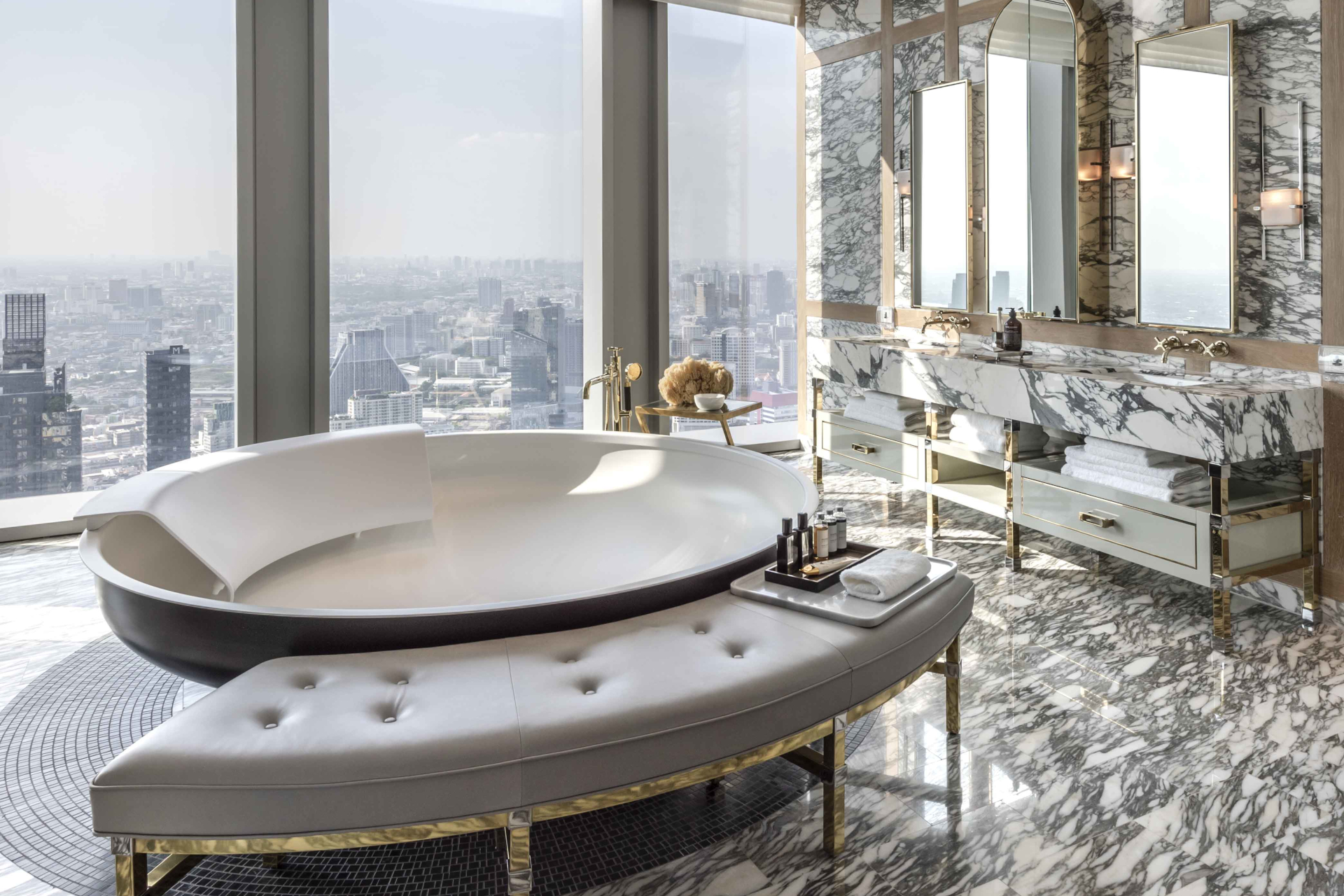
Foremost among branded addresses in Bangkok is The Ritz-Carlton, says Skevington. These residences are located on the upper floors of the city’s tallest building. “An important draw for our clients is buying into a known building with known standards of service,” Skevington says, which is why the iconic Ritz-Carlton is a sought-after destination. Other notable local branded residences may be found at The Four Seasons Private Residences Bangkok and The Banyan Tree Residences Riverside Bangkok, which each boast lovely riverside plots but are less centrally located.
Skevington also observes that the recent pandemic has led to more inquiries in Bangkok for branded residential opportunities. “Foreign buyers have been comfortable buying remotely, as there are accepted standards for branded residences,” he says, adding that modern technology has also aided in helping buyers envision the interior design options for the property even before it has been visited in person. “We’ve found that these residences are appealing to all kinds of buyers: young wealthy clients looking for a prestigious pied-à-terre here to retired foreigners seeking a hassle-free holiday home, to families wanting extensive facilities and security.”
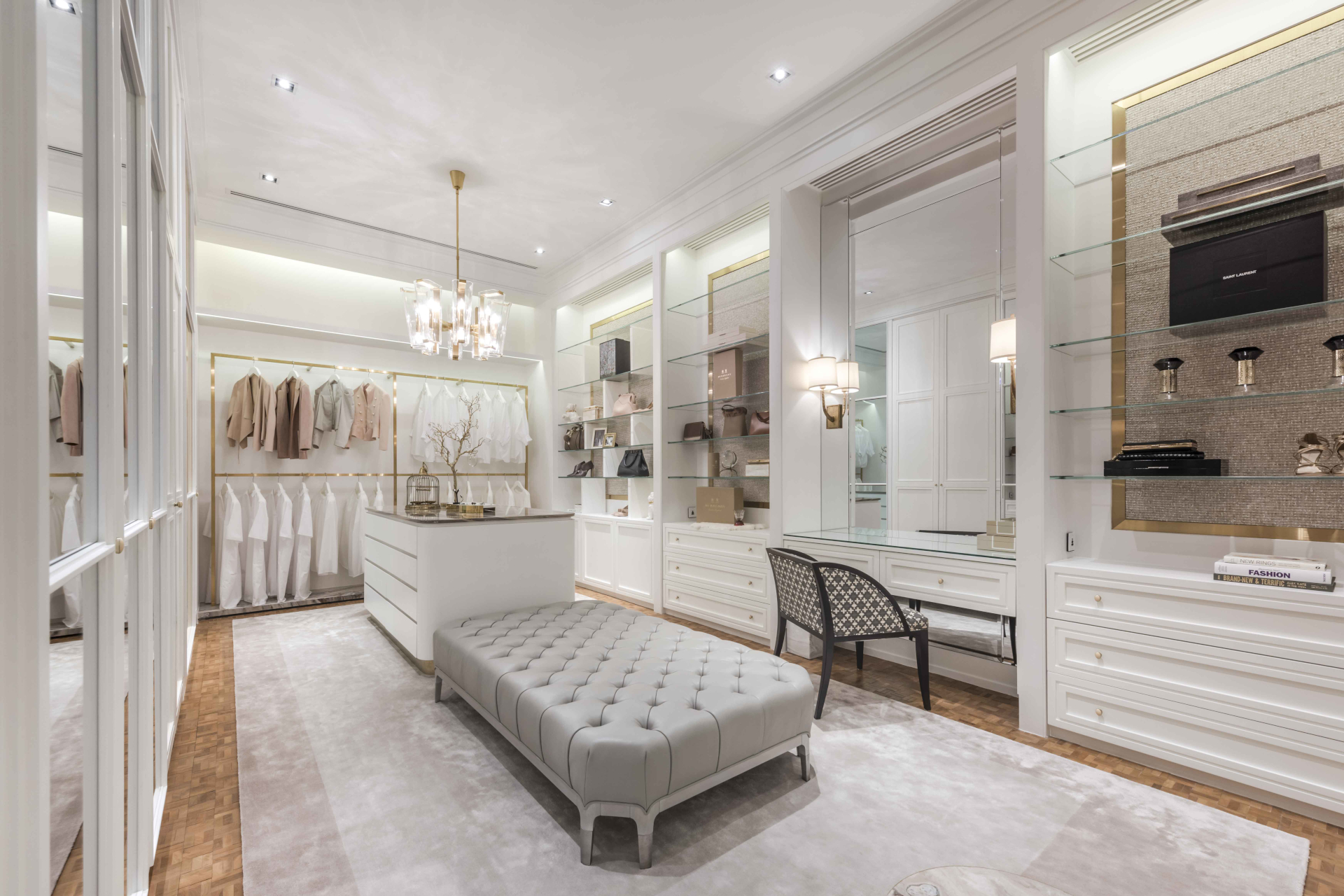
When asked if buyers should be aware of any cautionary aspects regarding the purchase of a branded residence, Skevington notes that most service agreements are long-term with respect to five-star residences, but that it is always important to check. “Also, branded residences may or may not have a hotel attached. If they do not, certain services such as meals or laundry may not be so easily available.”
In summary, Skevington views the branded residence as one with a secure future in the Bangkok market. “Buying into a branded property offers much more than just a lifestyle. It’s a guaranteed management standard as well as a secure investment.”
The Branded Landscape: Toronto, Ontario, Canada
In Canada’s cosmopolitan hub of Toronto, competition is a driving force and “a majority of projects here are having to use brands to differentiate themselves in the market,” says Dylan Donovan of Chestnut Park Real Estate Limited. “Branded residences are expanding beyond hotel-residences to include celebrity architects, branded amenities, and lobbies designed by global fashion brands.” Donovan notes that in Toronto specifically, the celebrity architect brand has become a recent trend. Bjarke Ingels, Jeanne Gang, and Foster & Partners have all recently designed residential buildings that have launched in the Ontario provincial capital. “They all bring international exposure to Toronto projects and have a global following.”
Of course, Donovan also acknowledges the importance of partnering with a hotel brand, since buyers are guaranteed a high level of service quality and amenities. In Toronto specifically, Donovan reports that “there are so many new projects being launched that by having a strong brand associated with a project there will be an instant connection and an ability to differentiate within the marketplace. For example, on a global level, investors will know what to expect when buying at The Residences of the Ritz-Carlton in Toronto or Miami.“
Because it has been difficult for travelers to enter Canada without quarantining themselves, Donovan says, “We have seen a big increase in virtual showings and people buying properties without seeing them in person. Through the pandemic buyers are more comfortable buying in the hotel residences since there is much more confidence in ‘buying with a brand.’ Clients from out of the country are often familiar with these brands and have either stayed in various hotels or already own properties in hotel residences in other countries.”
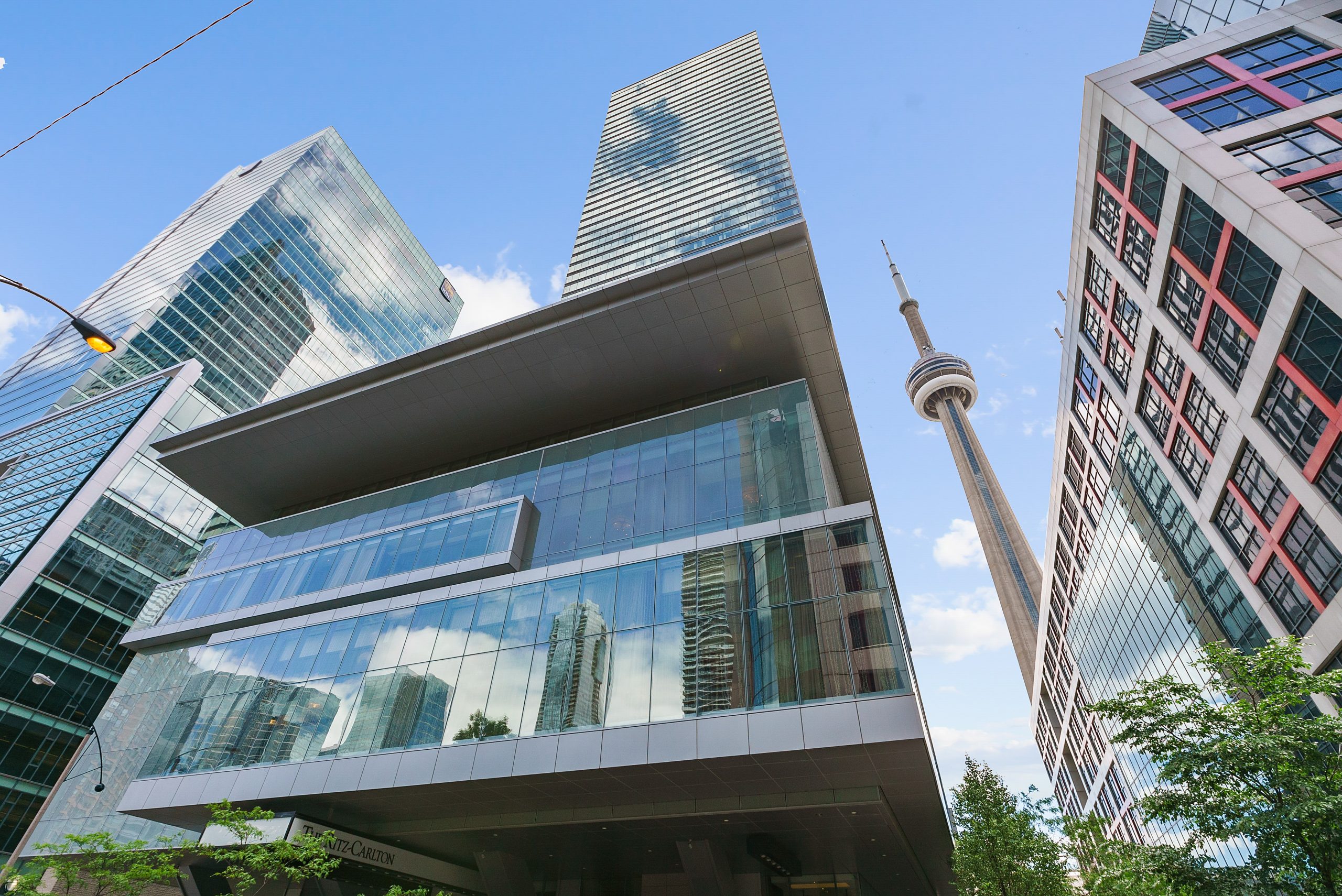
Donovan does have some cautionary advice, too: “One thing buyers should investigate is how closely related services are with the brand.” There have been many new branded residences, he points out, that involve simply licensing rights to use a name, and in those cases, buyers should know what the actual services are—and who provides them, as well as how long the development will have the rights to use the brand.
Donovan believes that in the Toronto marketplace particularly, the best outlook for branded residences lies in smaller, more boutique properties. “The large-scale developments are often too expansive to function at the high level expected of luxury branded residences, whose buyers are looking for more exclusivity. Having the high service level in a smaller scale project is the best way to meet that expectation.”
The Branded Landscape: Boston, Massachusetts
Perhaps not as early as New York, Boston has nevertheless become a pioneer in branded residences and continues to be a mainstay in that regard. LandVest’s Greta Gustafson notes that today Boston currently is home to branded properties at The Four Seasons, The St. Regis, The Ritz-Carlton Raffles, Regent Hotels and Resorts, and the Mandarin Oriental. She notes that there are definite particularities that set apart the Boston branded-residential marketplace.
“Boston’s universities, medical programs, and service-and-technology sectors attract an international client base looking for residences in the city,” she says. “With a global worldview, this client base is accustomed to—and looking for—branded properties to purchase. This international influence is a critical driver for branded properties and is one that piques the interest of the affluent, high-net-worth local market as well. Unlike some markets such as Bangkok—where a central location is particularly prized—Gustafson notes that while location is important, “Boston has experienced an unprecedented growth over the last decade, and branded developments are being built outside of traditional locations. These new areas are redefining luxury living in the city.”
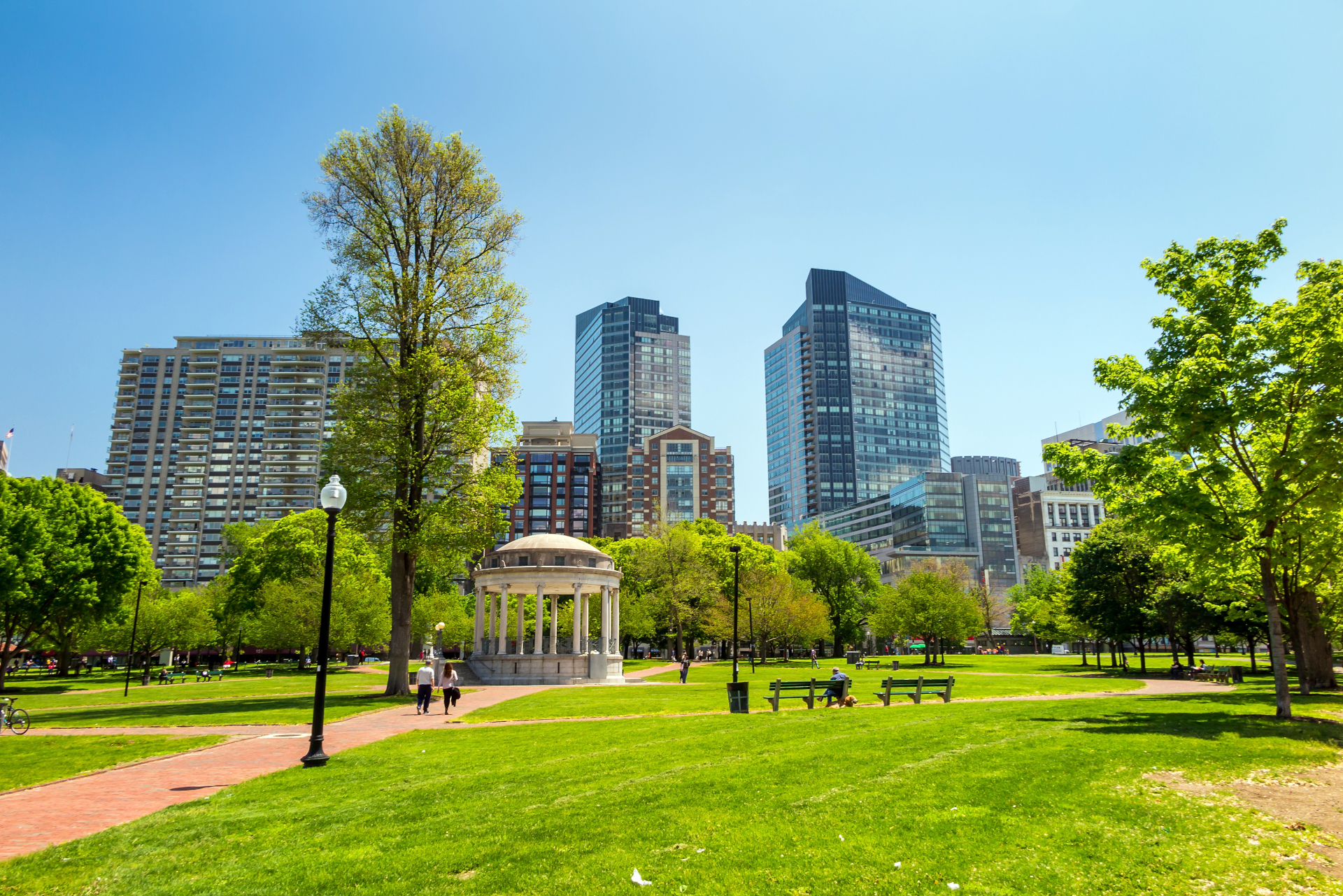
While the prestige of a brand-name per se is often cited in certain markets as a major factor in owning a branded residence, Gustafson says that in Boston the greater premium is placed on the quality of service, amenities, security, and turnkey nature of the property—not the specific brand name alone. She says that during the pandemic there was some flight from the urban core of Boston but that interest in branded residences in the outlying areas has increased, while international interest in the traditional core properties remains strong as well.
Like Toronto, Boston’s branded residential marketplace is very competitive, and Gustafson cautions that buyers should evaluate all product offerings available and determine what location, residential style, and accompanying services best match their needs.
The Branded Landscape: New York, New York
Another competitive market for branded residences is, naturally, their very birthplace: New York City, which is now home to the latest iterations of five-star landscape hotel branded residences. These offerings constitute an entirely new niche in the city’s luxury ecosystem, and run the gamut from intimate boutique options such as the Fasano Fifth Avenue to the Ritz-Carlton Residences New York, NoMad. These new residential options cater to current lifestyle trends such as “bleisure”—the combination of business and leisure—and the concept of the digital nomad who can maintain multiple residences while seamlessly working remotely and digitally. “Branded” celebrity-chef restaurants co-located within the residence building are yet another growing trend.
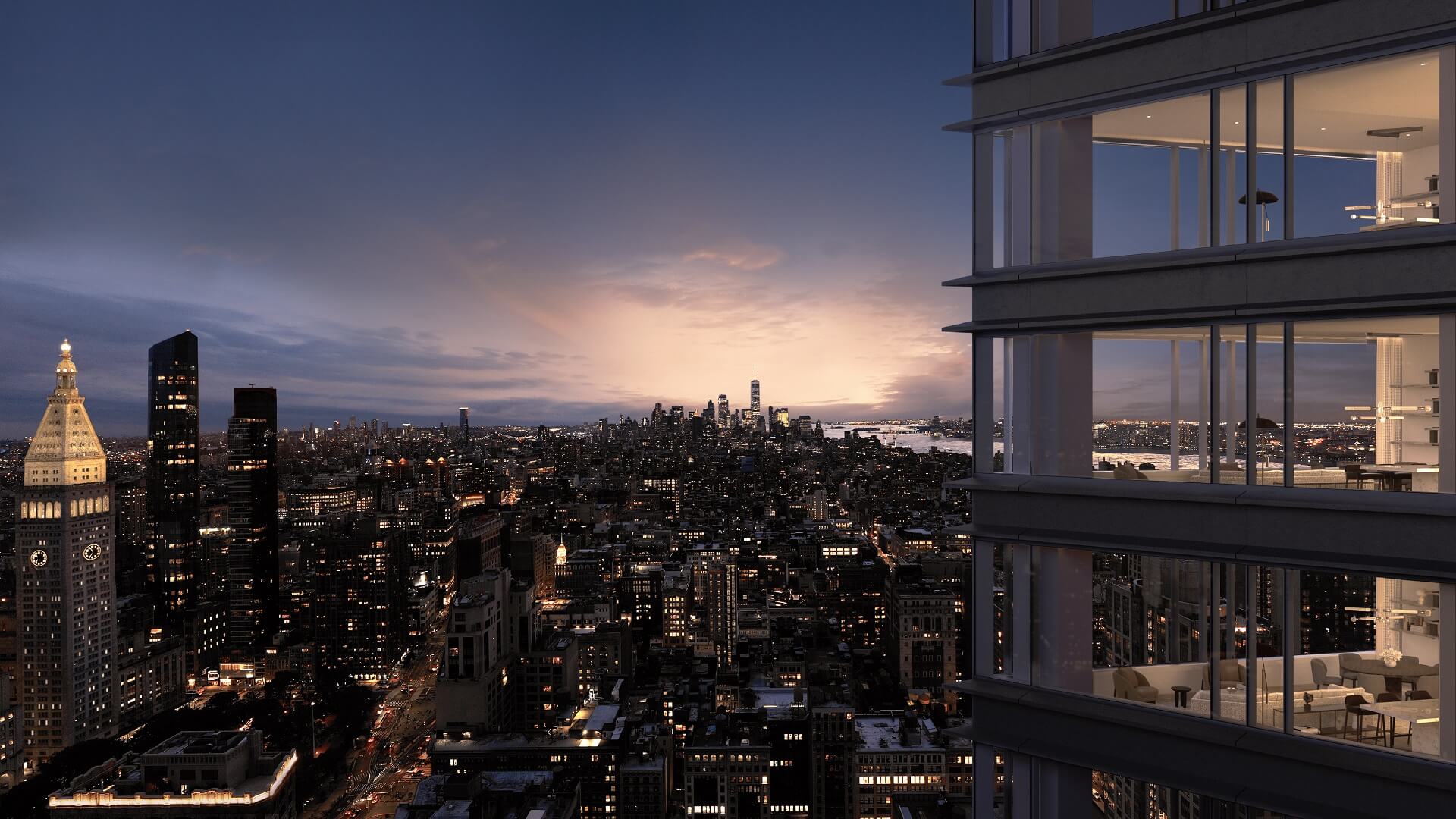
The Branded Landscape: Marrakech, Morocco
When one proceeds eastward across the Atlantic to an undeniably unique destination such as Marrakech, the luxury-brand residential landscape is bound to be somewhat different. Alex Peto at Kensington Luxury Properties reports that the pandemic has greatly affected this normally vibrant destination. “Our borders have been closed to most of the world for more than a year and still remain closed at the present,” he says. “We are hopeful that once the borders reopen there will be pent-up demand and a surge of activity.”
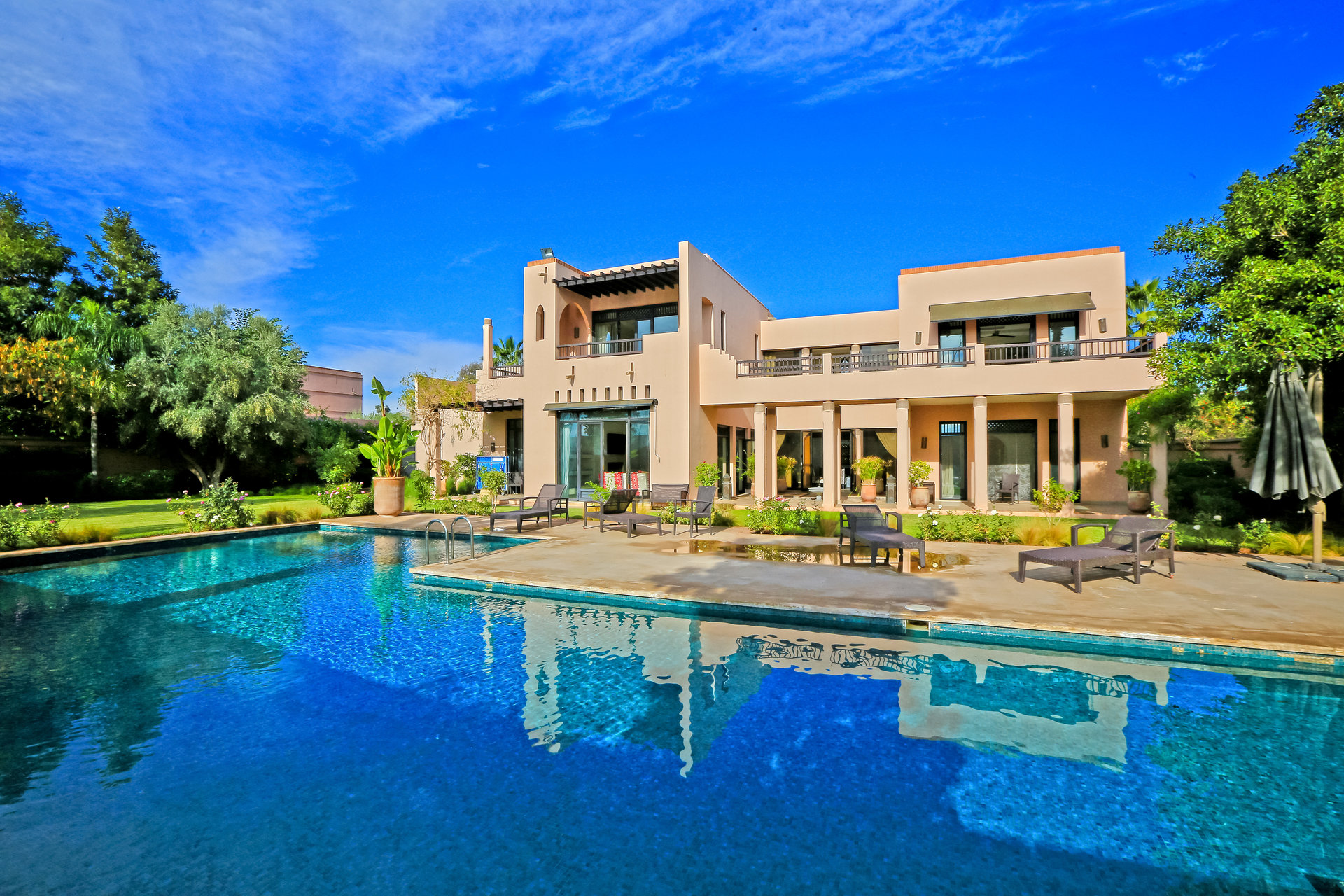
Unlike other markets, virtual buyers have not been a significant phenomenon in Marrakech, perhaps due in part to the comparative remoteness of the destination. But brand appeal in this Moroccan city remains strong, Peto says. He adds that many of the city’s traditional Middle Eastern clients hold brands like The Four Seasons in high regard (Kensington is currently marketing several standalone villas and apartments at The Four Seasons’ fashionable Marrakech complex). Traditional buyers here typically seek out branded residences for security, hotel service, and brand prestige—in that order, Peto emphasizes.
Speculators and investors may also want to take note of Peto’s observation that in such a distinctive venue as Marrakech, with its rich culture and charming architecture, that the price range for branded luxury living is currently between €1 million and €3 million.
The Branded Landscape: Dubai, United Arab Emirates
Farther east in the gleaming modern high-rise hub of Dubai, yet another branded residential scenario presents itself. Dubai is home to roughly 29 branded residences—many of which are global names such as The Four Seasons, Banyan Tree, W, and One Palm by Dorchester.

Jackie Johns of Dubai Premier Estates says that, given Dubai’s reputation for high-flying, cutting-edge architecture, luxury branded residences here are valued for their design and technology almost as much as they are for their brand prestige and quality of amenities and services. She says that while many of Dubai’s buildings are planned and constructed by local developers, residential clientele is made up of mainly international high-net-worth individuals who may not know the developer by name but will certainly recognize a luxury brand. Thus, the marrying of local development with valued brands has proved a boon to the city-state.
In the first quarter of 2021, Johns reports that Dubai saw a surge of interest from European buyers, who especially value high-end beachfront lifestyles with a privacy component. Furthermore, she says, “Dubai’s success in creating strategically located and designed man-made islands and sheltered beaches perfectly positions developers to offer resort style homes noted for stunning surroundings and privacy.
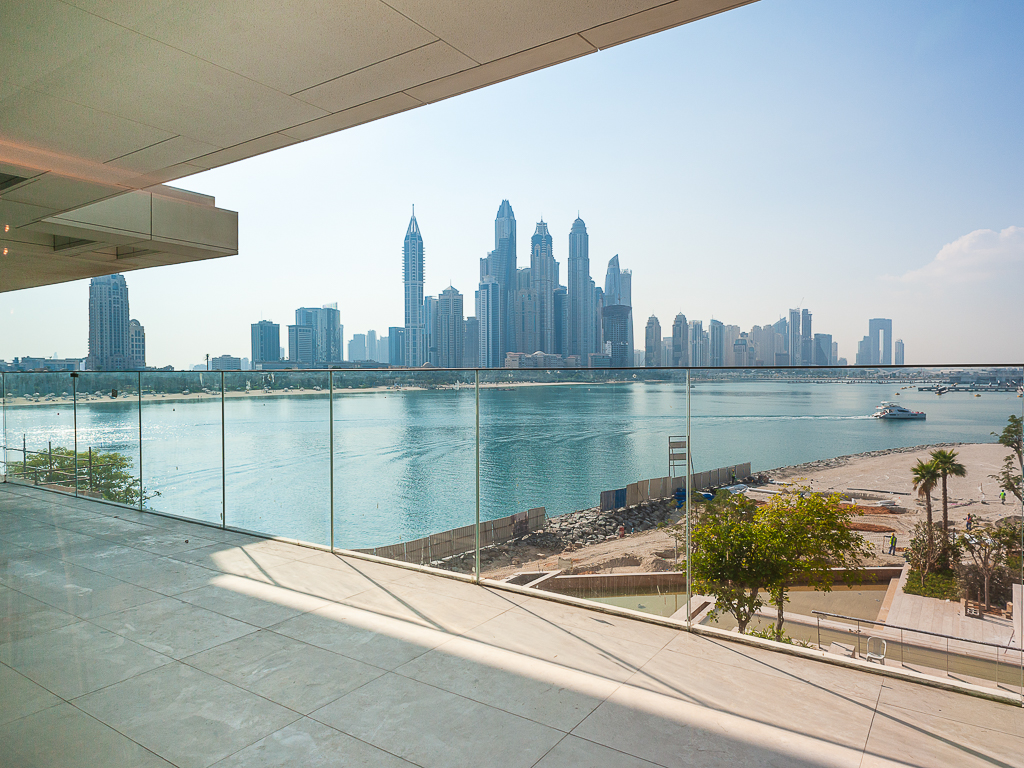
As it turns out, Dubai has in many ways placed itself at the sweet spot of Covid-era real estate survival, and the branded-residence model in particular, Johns says, “gained substantial traction in the fourth quarter of 2020. The pandemic inspired buyers to change their outlook on what homes should offer—space; the ability to engage in sports and leisure activities at home; outdoor private areas, and so forth,”
Johns is optimistic about the future of the branded-residence market in Dubai, where oversaturation isn’t a concern because most developments maintain the cachet of a limited number of residences to ensure exclusivity. “As of now, there is a staggering demand for branded residences and a shortage of supply because Dubai is testing the market.” She notes that on the horizon are some 11 new non-hotelier brands entering the market by 2025. As for any additional guidance, she says that “there are no pitfalls to owning a branded residence here. The only details buyers should be aware of is that a purchase may involve a VAT fee.”